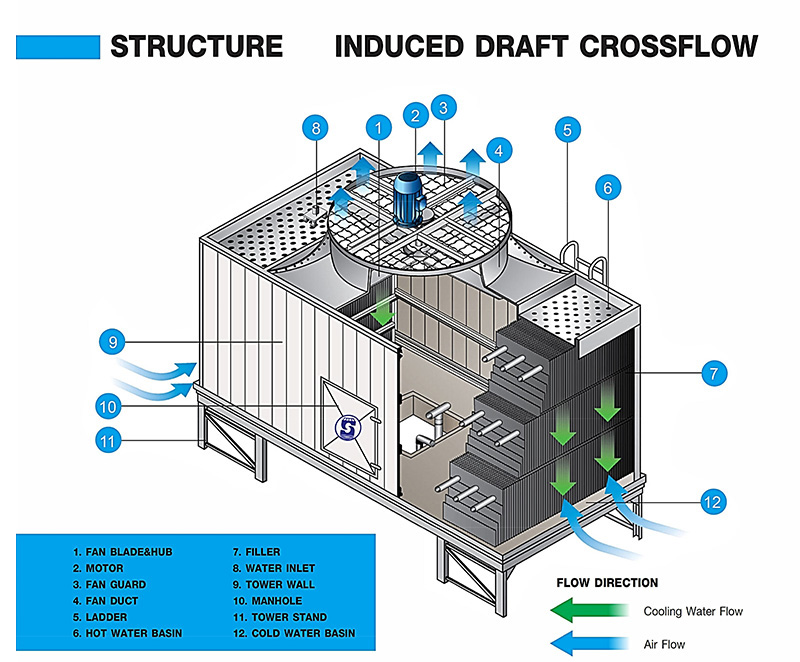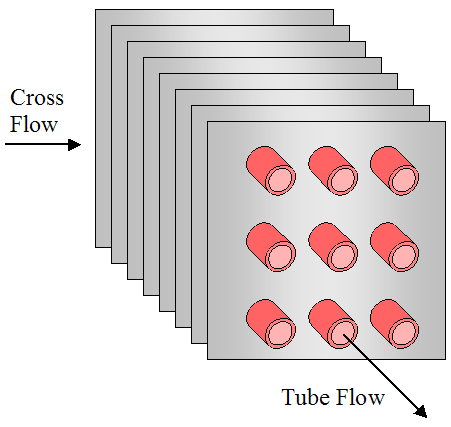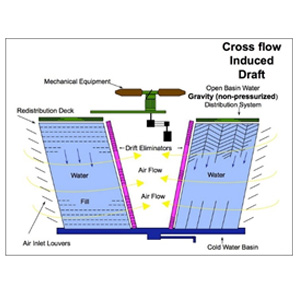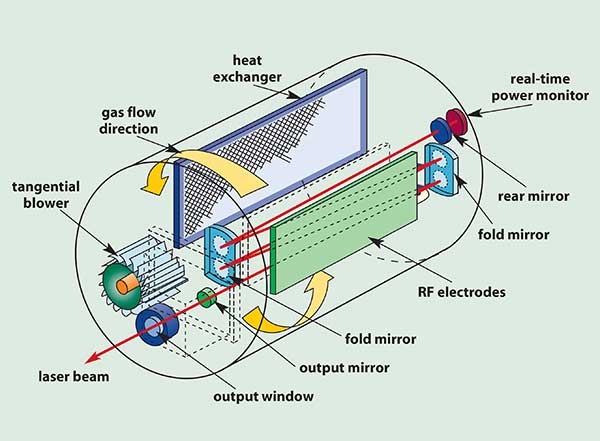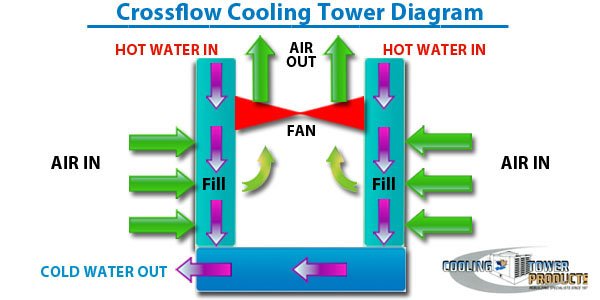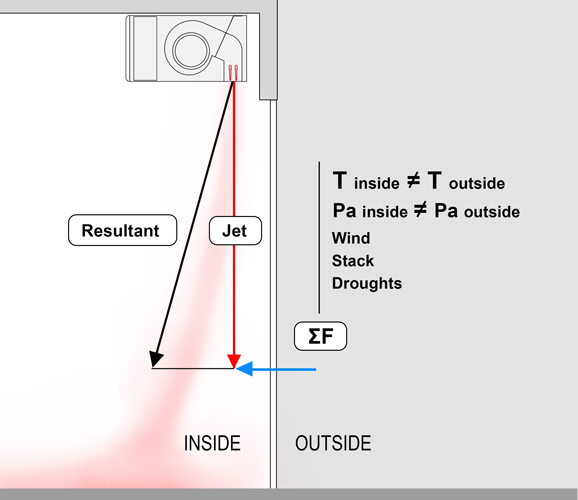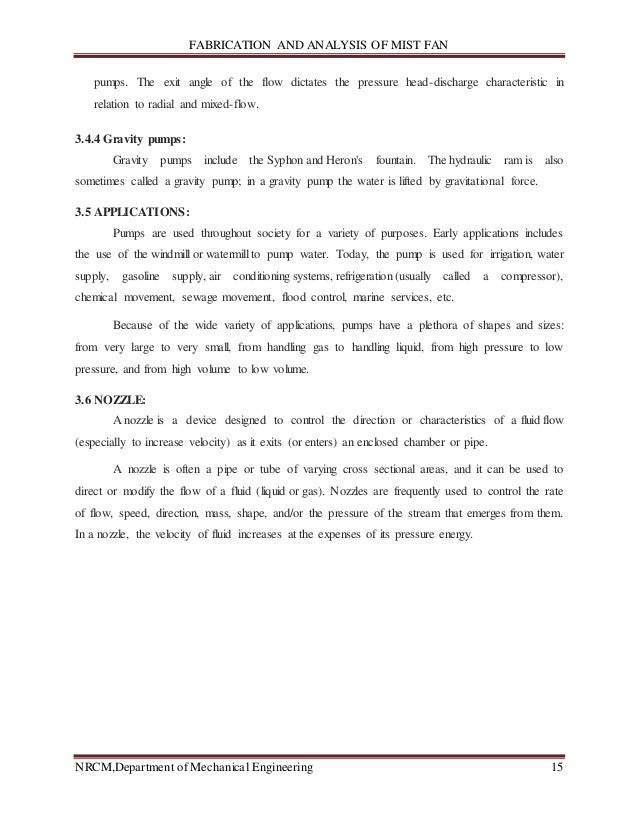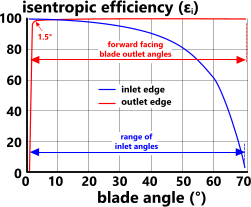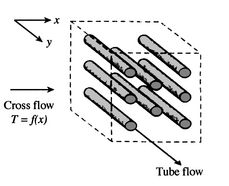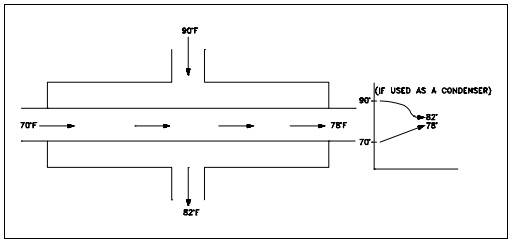Cross Flow Fan Theory
A heat exchanger can have several different flow patterns.
Cross flow fan theory. Common cooling tower designs wet dry cross flow counter flow mechanical natural direct indirect. The flow field in turn is deeply influenced by the design parameters of both casing and impeller geometry. A centrifugal fan is a mechanical device for moving air or other gases in a direction at an angle to the incoming fluid. How cooling towers work evaporative cooling etc.
A counterflow heat exchanger will require less heat exchange surface area than a parallel flow heat exchanger for the same heat transfer rate and the same inlet and outlet temperatures for the fluids. Such a fan is also called a blower fan biscuit blower citation needed or squirrel cage fan because it looks like a hamster wheel. Due to their characteristics they produce a number of advantages over other types of fans including. Common cooling tower nomenclature components and terminology.
Cooling tower theory sensible and latent heat etc. Cross flow fans have a smaller opening on one side and a larger opening on the other. Common types of cooling tower natural forced and induced. The general flow field four.
Cross flow fans deliver a fairly two dimensional flow and can be mounted horizontally or vertically. Cross flow fan performance strictly depends on the complex configuration of the non axisymmetrical flow field within the machine. Low levels of noise are achieved thanks to the low velocity of the air on the output. This type of fan is commonly used in a variety of commercial and industrial applications.
The flow is smoothly spreaded along the output cross section. Theory of the cross flow fan introduction the theory of co ester the theory of ilberg and sadeh the theory of moore the theory of ikegami and murata problems with the theory of ikegami murata and 94 98 100 102 106 107 108 114 117 121 132 4 5 2 a parameter for blade geometry 140. A well founded theory on cross flow fan operation does not still exist because of the complicated flow field structure within the machine a double passage of the air across the blade row and the formation of an eccentric vortex inside the impeller due to the motion of the blades make it difficult to analyze the aerodynamics and the loss mechanisms of this category of fans. The present work is also experimental.
Crossflow parallel flow and counterflow heat exchanger configurations are three examples. A cross flow fan is a centrifugal fan in which the air flows straight through the fan instead of at a right angle. The rotor of a cross flow fan is covered to create a pressure differential. The cross flow fan has developed from the ideas of mortier in the late 19th century and recently has been used with conspicuous success in small domestic appliances.
No satisfactory theory is known improvements having come from experimental development. Centrifugal fans often contain a ducted housing to direct outgoing air in a specific direction or across a heat sink.
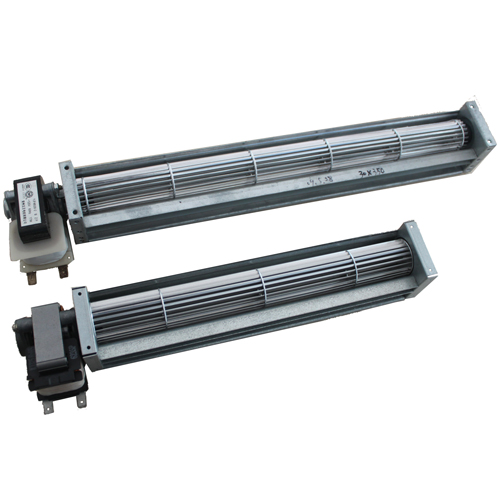
_Mounting_considerations.png?w=1042)







